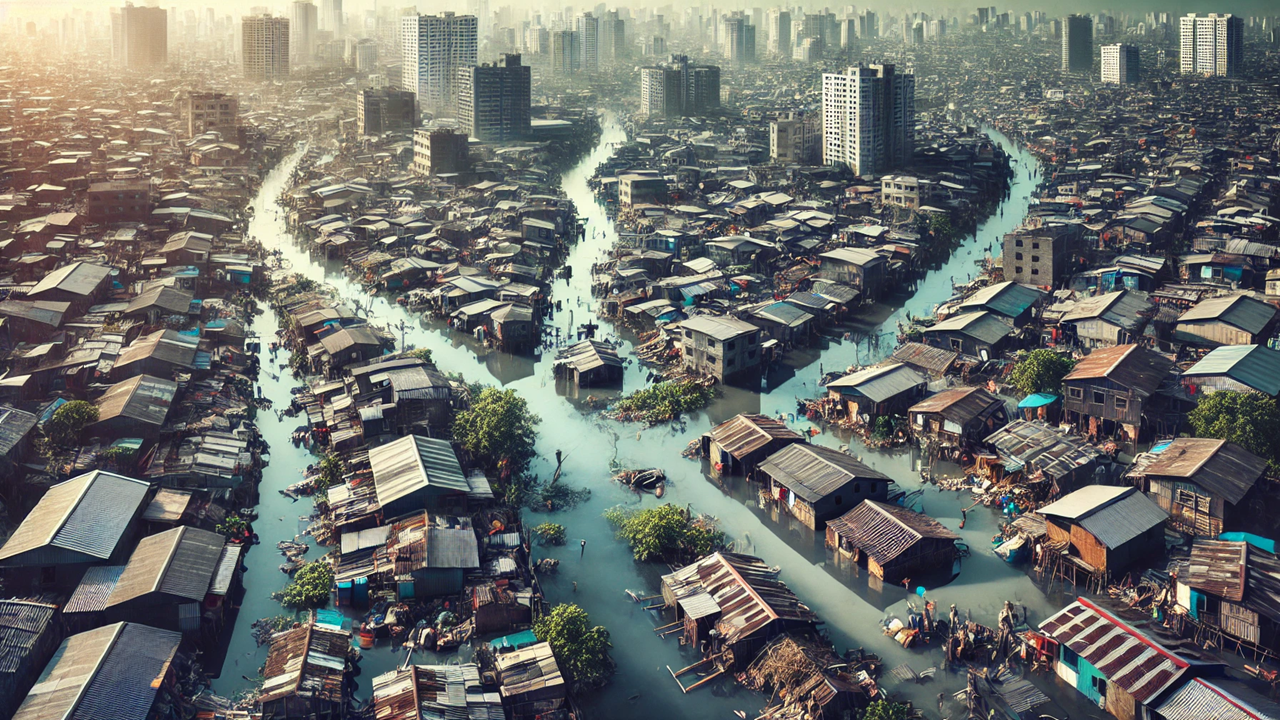Climate Risks in South Asia: How the Poor Bear the Brunt of Heat and Floods
The World Bank report "Household and Firm Exposure to Heat and Floods in South Asia" highlights how poorer households and small firms face greater risks from extreme weather. It emphasizes the need for targeted policies that promote resilience and aid economic stability for the most vulnerable.

Understanding Climate Disparities in South Asia
A recent report by the World Bank titled "Household and Firm Exposure to Heat and Floods in South Asia" sheds light on an unsettling truth: the poorest households in the region face the harshest impact from extreme heat and flooding. This paper, authored by Patrick Behrer, Jonah Rexer, Siddharth Sharma, and Margaret Triyana, emphasizes how socioeconomic status directly influences exposure to climate risks, with those on the lower economic rungs being the most vulnerable.
The Urban Poor’s Fight Against Heat and Flooding
According to the report, urban areas in South Asia, despite being economic hubs, expose poorer communities to higher risks of extreme heat and repeated flooding. The analysis draws on spatially detailed data that maps climate shocks against the relative wealth of households. The findings are striking: while wealthier residents often have the means to migrate or access more secure housing, poorer families remain confined to areas more prone to environmental hazards.
The reasons behind this disparity are multi-faceted. One primary factor is residential sorting—the wealthier can relocate to safer, more desirable neighborhoods, while the economically disadvantaged lack such options. This dynamic leaves less affluent populations in areas with inadequate infrastructure, amplifying their exposure to extreme weather events. Limited resources also mean that poorer households struggle to invest in protective measures or recover quickly after disasters, perpetuating a cycle of vulnerability.
Small Firms on the Frontline
The research doesn't stop at households; it extends to small, non-agricultural firms, particularly in India. The analysis reveals that smaller businesses, crucial for employment and economic activity among lower-income populations, face greater exposure to climate risks compared to larger, more resilient companies. Heatwaves and flooding impact the productivity and growth potential of these firms, which are often less equipped to adapt or relocate in the face of recurring environmental challenges.
For instance, smaller firms in urban India report reduced productivity and workforce challenges during heat waves, which disproportionately affects their growth. This exposure not only weakens the economic base of poorer communities but also deepens existing inequalities by hindering job creation and income stability.
Policy Implications: Bridging Climate and Poverty Challenges
The report underscores the importance of policies that are both climate-resilient and poverty-focused. By addressing these twin challenges, policymakers can create strategies that naturally benefit poorer populations. For example, promoting relocation assistance or incentivizing adaptive infrastructure can empower vulnerable households to seek safer living conditions.
Crucially, the study suggests that policies aimed at reducing climate risks for the poor often yield broader benefits. Examples include strengthening non-agricultural businesses in risk-prone areas to foster job growth and providing targeted support for urban cooling initiatives, which directly aid the most exposed communities.
The "Household and Firm Exposure to Heat and Floods in South Asia" report by the World Bank paints a clear picture of climate risk distribution in the region: the poorest are disproportionately affected, both at home and at work. Understanding these patterns can help shape more effective, inclusive policies that not only reduce vulnerability but also promote long-term poverty alleviation. Prioritizing these measures ensures that those most at risk receive the necessary support to withstand and adapt to an increasingly unpredictable climate.
- FIRST PUBLISHED IN:
- Devdiscourse










